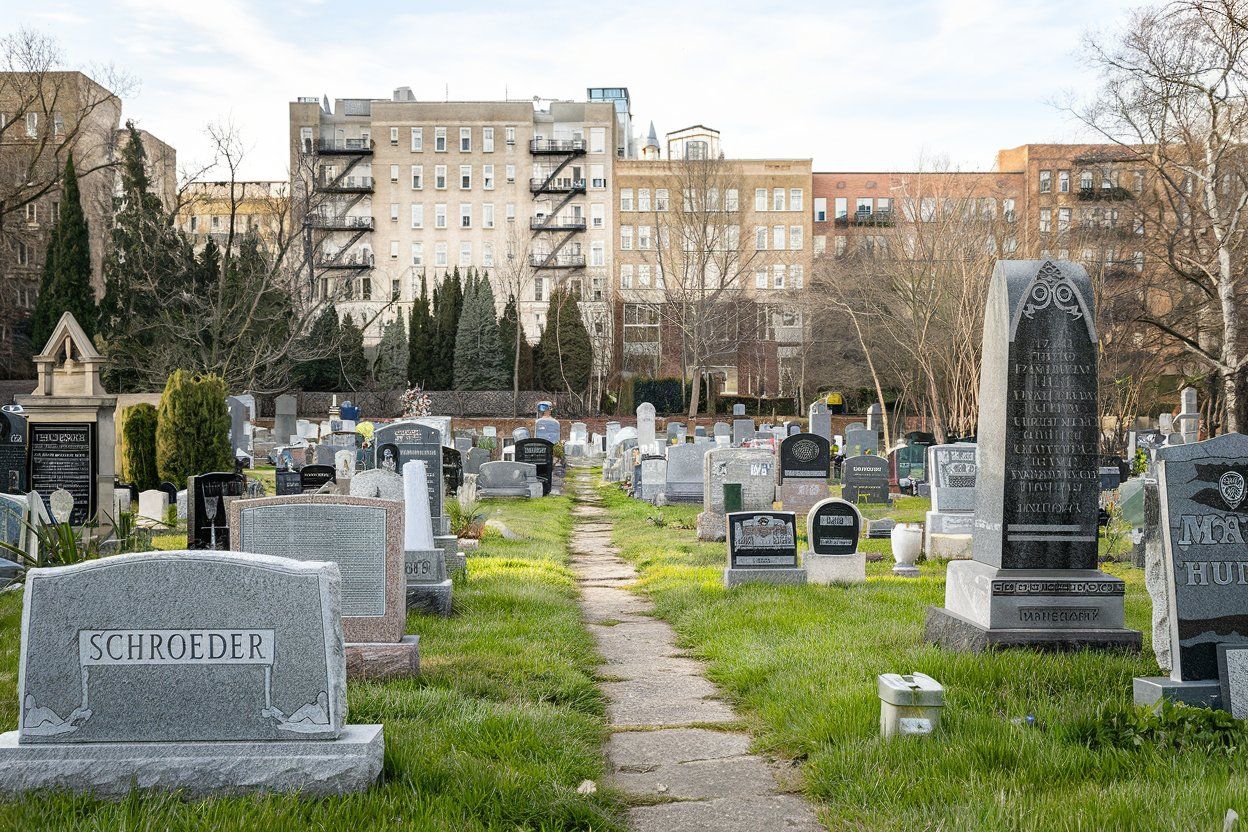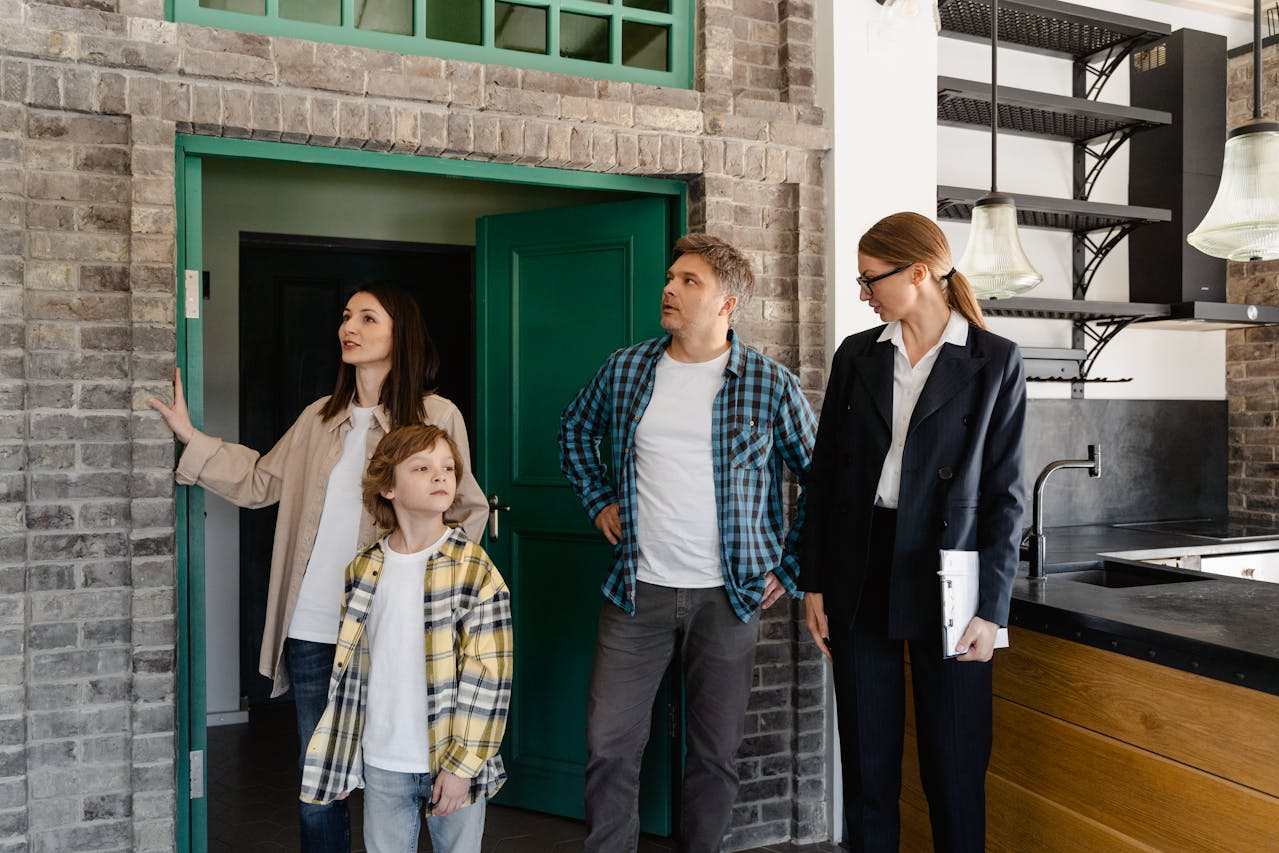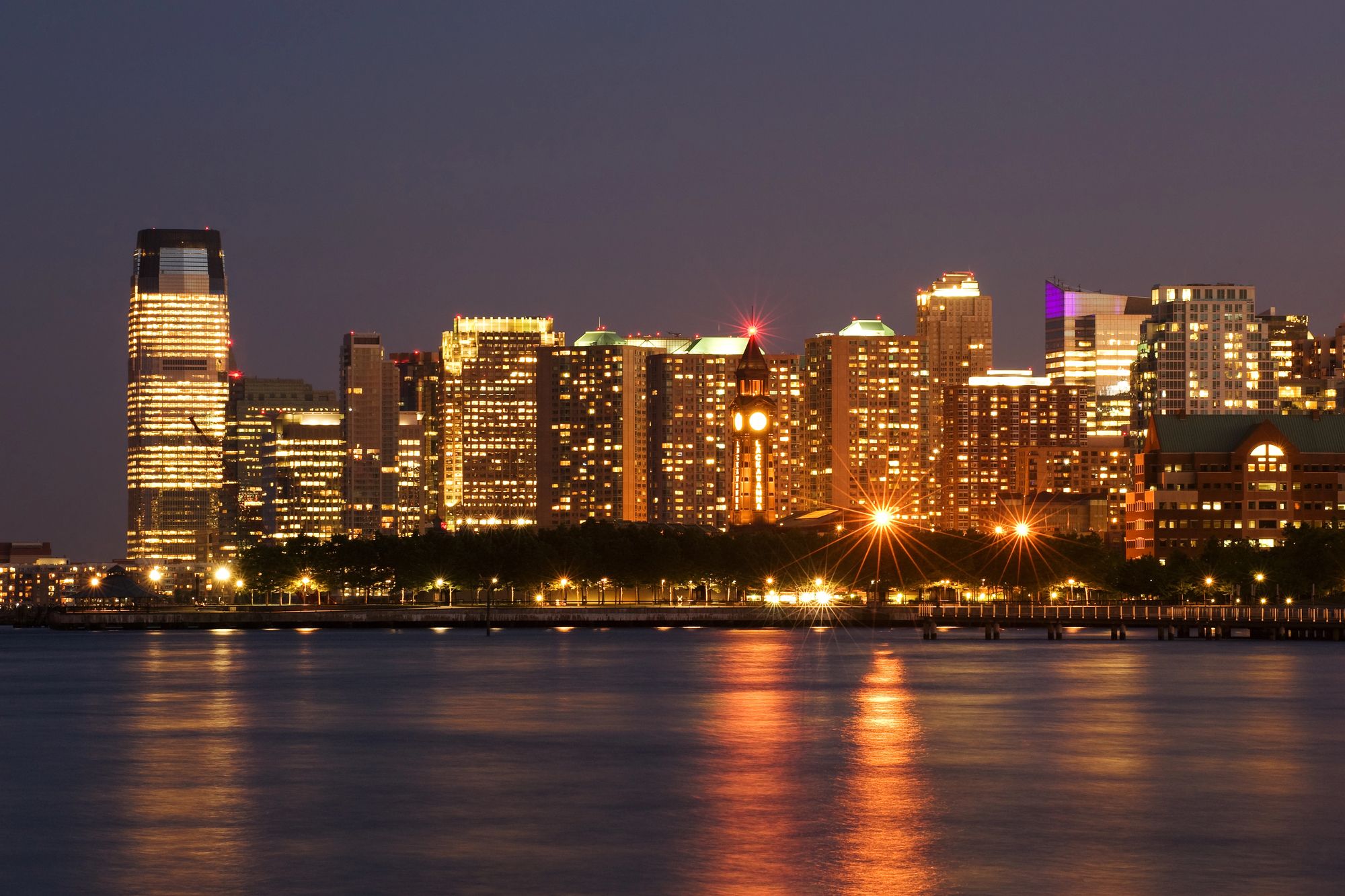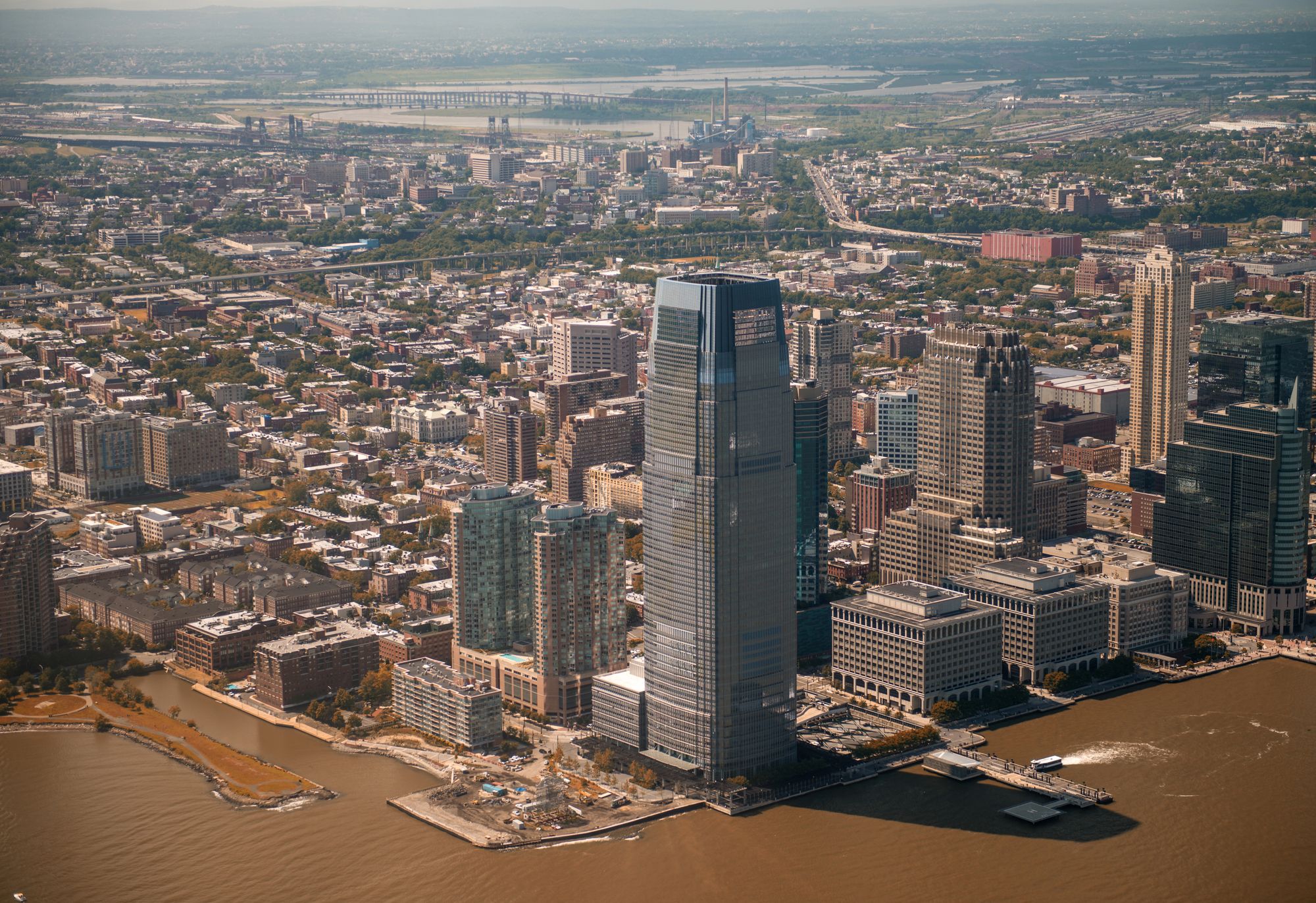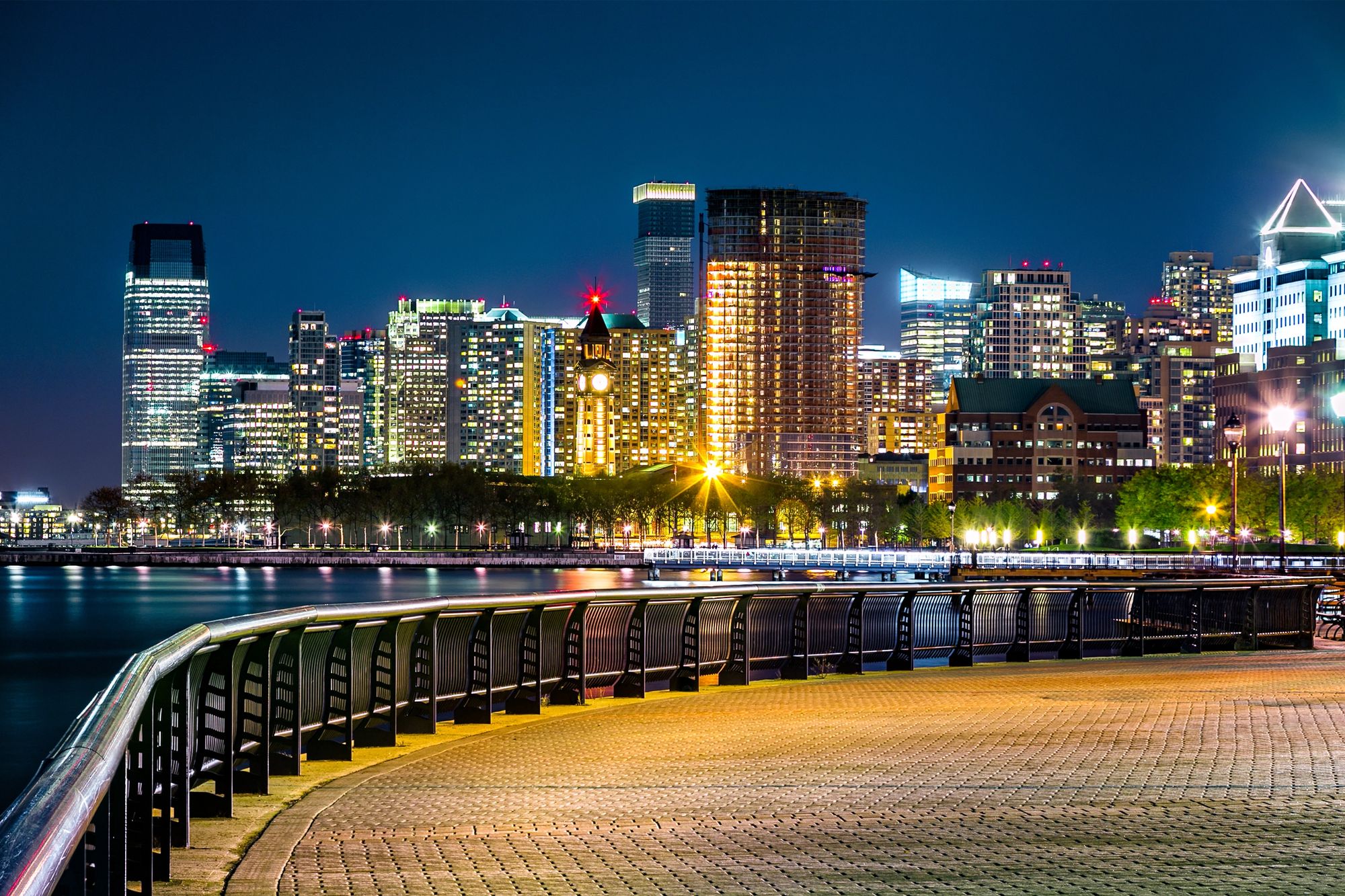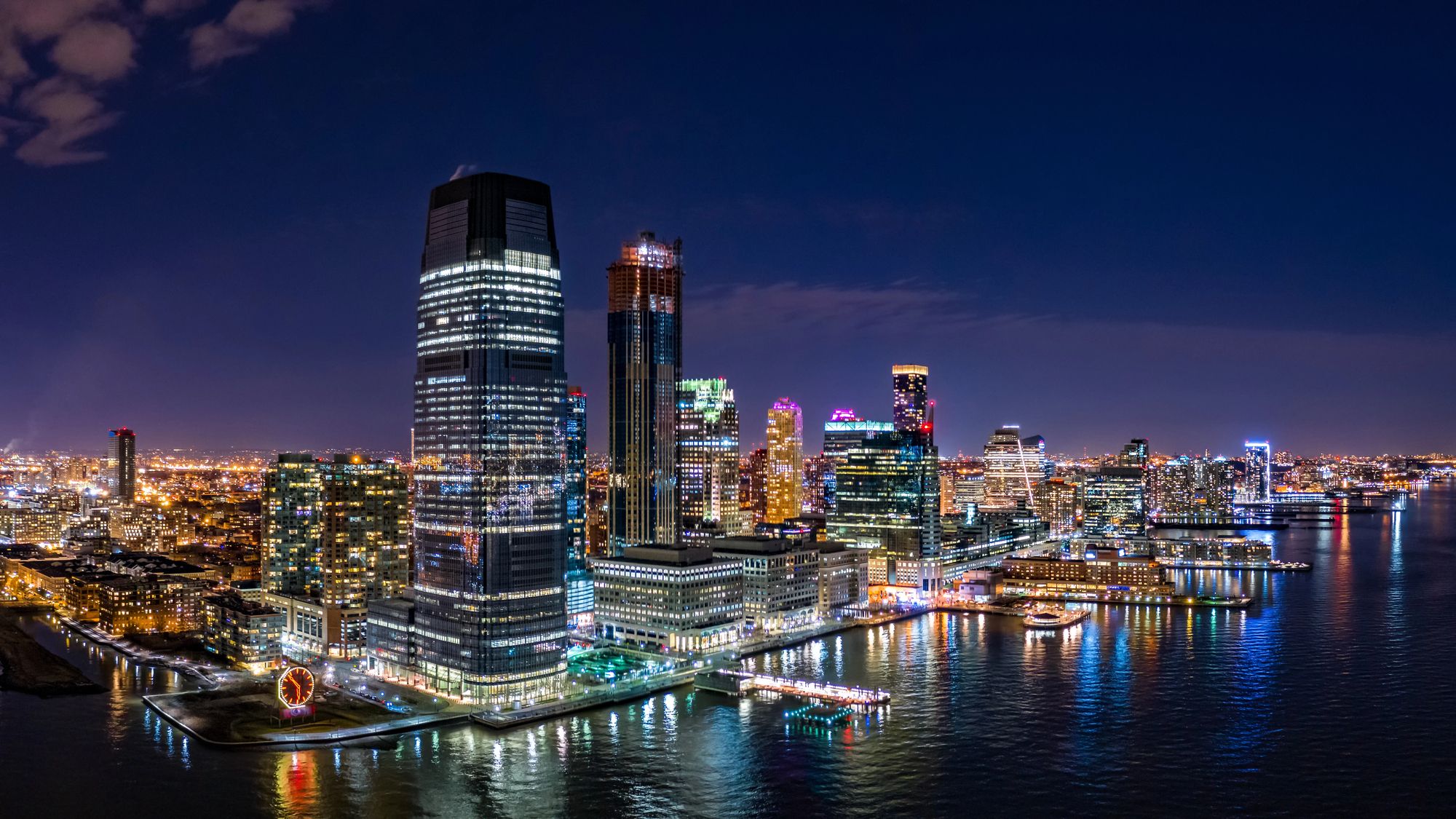Jersey City’s history really comes alive when you get out and walk its streets. Wandering through neighborhoods like Van Vorst Park, Downtown, and the Heights, you’ll stumble across stories that reach back centuries. These self-guided historical walking tours let visitors discover Jersey City’s hidden gems, old architecture, and cultural heritage at their own pace.
From the immigrant gateway of Ellis Island to the brownstones of Downtown, Jersey City holds stories in every block. You might feel like you’re stepping into the past as you pass buildings from the 1800s and parks that have been community hangouts for generations.
Easy booking across hundreds of accommodations from luxury high-rises to unearthed brownstone treasures.
Browse Accommodations Now
Each neighborhood here tells a different part of Jersey City’s journey—from its Dutch settlement roots to its industrial boom and now its lively urban scene. So, grab some comfy shoes, bring a water bottle, and get ready to dig into the layers of history that make Jersey City such a fascinating place for history buffs and casual explorers alike.
Overview of Historical Walking Tours in Jersey City
Jersey City’s got a bunch of walking tours that highlight its rich history and lively neighborhoods. You’ll find everything from guided tours to self-guided adventures with digital maps.
What to Expect on a Guided Walk
Most guided tours run about 2–3 hours and focus on neighborhoods like the Heights, Van Vorst Park, and Historic Downtown. Local guides usually lead these walks, sharing stories and little-known facts you won’t find online.
You’ll need to sign up ahead of time for most tours, and tickets usually cost $15–30 per person. Groups stay pretty small—usually 5–15 people—so you get a more personal experience and can actually ask questions.
Tours run all year, but spring and fall are the favorites because the weather’s just right. Wear comfortable shoes and bring water; you’ll walk a mile or two, but at a relaxed pace.
Some tours dive into themes like architecture, immigration, or post-9/11 changes. Sometimes, tours wrap up at local restaurants or cafes, so you can keep exploring Jersey City’s food and culture if you feel like it.
Self-Guided Walks and Digital Tools
If you’d rather go solo, self-guided walking tours let you explore Jersey City whenever you want. The Jersey City Museum and local preservation groups have put together several routes with downloadable maps.
Digital tools make this even easier. A few apps now offer GPS-enabled tours for places like the Jersey City Mural Tour and Van Vorst Park Historic District, with audio narration and historic photos that really help you picture the past.
Most self-guided routes take about 60–90 minutes, but you can always split them up over a couple of days. Downtown info kiosks hand out free walking tour maps if you want something paper in your pocket.
The best part? You get to set the pace—stop for photos, grab a coffee, or duck into a shop whenever you want.
Interactive Activities and Scavenger Hunts
Looking for something a bit more lively? Try an interactive walking tour with activities and challenges. A few companies now offer scavenger hunts through Jersey City neighborhoods, challenging your observation skills while sneaking in bits of local history.
Families and small groups might like photo challenges, where you try to match old pictures with current buildings and spots. Kids usually get a kick out of these.
Some tours stop at local businesses where you can collect stamps or tiny souvenirs. The Hudson County Tourism office sometimes puts on special event walks with live performers or reenactors at key historical spots.
Digital scavenger hunts are catching on, too. Smartphone apps turn your walk into a game, giving you points for finding landmarks and answering trivia about Jersey City’s past. It’s a surprisingly fun way to get into history, no matter your age.
The History of Jersey City
Jersey City’s history stretches from colonial days to today, shifting from farmland to an industrial giant and now a diverse urban hub. Its story weaves right into America’s own growth, immigration, and economic changes.
Early Settlement and Economic Development
Dutch settlers first arrived in the 1630s, calling the area Paulus Hook. It started as a small trading post and bounced between Dutch and British hands more than once.
After the Revolutionary War, it grew slowly as farmland. Things changed in the 1800s, though, when industry took off. The Morris Canal opened in 1836, linking Jersey City to Pennsylvania’s coal fields and jumpstarting industrial growth.
By the 1880s, factories, railroads, and immigrant communities filled the city. Companies like Colgate and Dixon Crucible created jobs for waves of European immigrants looking for a better life.
The waterfront played a huge role, with docks and warehouses moving goods from all over the world.
Role in Transportation and Trade
Jersey City got the nickname “America’s Golden Door” because it welcomed millions of immigrants and tons of goods into the country.
Key Transportation Developments:
- The Central Railroad of New Jersey Terminal greeted countless newcomers
- Multiple railroads set up major terminals here
- The Holland Tunnel (1927) gave cars a direct route to Manhattan
- The PATH train system connected Jersey City to New York
These networks turned Jersey City into a logistics powerhouse. Ellis Island, technically part of Jersey City, saw over 12 million immigrants arrive between 1892 and 1954.
Docks moved everything from raw materials to finished goods. At its busiest, thousands of longshoremen worked the waterfront, shifting cargo between ships, trains, and trucks.
Historic Preservation Initiatives
When industry slowed down in the mid-1900s, a lot of historic buildings started falling apart. But in the 1970s, residents began to see the value in Jersey City’s architectural heritage.
Now, the city protects several historic districts, like Van Vorst Park, Hamilton Park, and Paulus Hook. These neighborhoods show off brownstones, Victorian homes, and old industrial buildings that tell Jersey City’s story.
Find available hotels and vacation homes instantly. No fees, best rates guaranteed!
Check Availability Now
The Jersey City Landmarks Conservancy works hard to save historic sites. Walking tours now spotlight these architectural gems and share stories of the city’s many communities.
Many old factories and warehouses have become apartments, offices, or art spaces. The Powerhouse Arts District is a perfect example—turning industrial buildings into cultural assets while keeping their historic vibe.
Major Historical Landmarks and Sites
Jersey City’s landmarks show off its role in America’s industrial rise, immigration waves, and transportation breakthroughs. These places aren’t just historic—they offer great views and plenty to learn.
Liberty State Park and the CRRNJ Terminal
Liberty State Park gives you amazing views of Manhattan, Ellis Island, and the Statue of Liberty. This 1,212-acre park was once all rail yards and factories before it opened to the public in 1976.
At the heart of the park stands the Central Railroad of New Jersey Terminal (CRRNJ). This grand Romanesque building welcomed millions of immigrants after Ellis Island. It ran from 1889 to 1967.
Now, you can wander through the restored waiting room and check out exhibits on transportation history. The terminal’s high ceilings, big windows, and ornate details really show off early 20th-century style.
Around the terminal, you’ll find walking paths, picnic spots, and the Liberty Science Center—perfect for a day that mixes history with some fresh air.
The Explosion at Black Tom and Black Tom Site
Black Tom used to be a busy artificial island in New York Harbor, linked to Jersey City by a long pier. On July 30, 1916, it became the site of a massive act of sabotage—one of the worst before 9/11.
German agents blew up the munitions depot, where supplies for Allied forces in World War I waited. The explosion was so strong it felt like a 5.5 earthquake, shattered windows in Manhattan, and even damaged the Statue of Liberty’s torch.
Seven people died, and damages hit $20 million (which would be about $500 million today). This disaster helped push the U.S. closer to entering World War I.
Today, Black Tom is part of Liberty State Park. There’s just a small plaque now, but it marks a huge moment in American history that a lot of people don’t know about.
The Morris Canal
The Morris Canal, built between 1825 and 1831, stretched 107 miles across New Jersey from the Delaware River to the Hudson. It used clever engineering—inclined planes and locks—to handle steep hills.
This canal played a key role in Jersey City’s growth, moving coal, iron, and farm goods. It powered the city’s industrial boom and changed the whole region’s economy—at least until railroads took over.
Most of the canal disappeared by the 1920s, but you can still spot traces in Jersey City. The Morris Canal Greenway keeps part of the old towpath alive as a park, right where mules once pulled barges.
Basin Drive in Liberty State Park follows the outline of the canal’s former end. Interpretive signs help you picture how this waterway shaped the city and connected New Jersey’s resources to the world.
Historic Neighborhoods and Architecture
Jersey City’s neighborhoods show off architecture from nearly every era. You’ll see everything from Victorian brownstones to Art Deco offices—each one telling a bit of the city’s story and the people who built it.
Downtown Jersey City’s Landmarks
Downtown’s historic area has some of Jersey City’s best architecture. The Colgate Clock, visible from Manhattan, has marked the waterfront since 1924. Walk through the neighborhood and you’ll spot lovely brownstones around Van Vorst Park, many built in the mid-1800s.
The Van Vorst Park historic district is packed with row houses featuring ornate cornices and decorative ironwork. The city protected this area as a historic district to keep these buildings around.
Jersey City City Hall, a classic Beaux-Arts building from 1896, stands out with its big dome and fancy façade—a real showpiece of civic pride.
West Bergen and Journal Square
Head west, and you’ll reach Journal Square, which was once Jersey City’s commercial heart. The Loew’s Jersey Theatre, a 1929 movie palace, still impresses with its gold leaf, chandeliers, and even a working Wonder Organ.
West Bergen’s tree-lined streets are dotted with Victorian homes featuring wraparound porches and detailed trim. These houses show how Jersey City spread west in the late 1800s.
You’ll also notice historic churches, like St. John’s Episcopal (1871) and St. Aedan’s Roman Catholic (1931), each with their own unique architecture.
Architectural Styles Through the Ages
Jersey City’s buildings create a timeline of American architecture:
Greek Revival (1830s–1850s)
- Simple lines, classic columns
- Some older waterfront homes
Victorian (1860s–1900)
- Lots of decorative details
- Many homes in Hamilton Park
Art Deco (1920s–1930s)
Luxury stays to cozy apartments await, all with instant booking. Find the best deals!
Browse Jersey City Stays
- Bold colors, geometric shapes
- Medical Center and Journal Square buildings
Mid-Century Modern (1950s–1960s)
- Sleek lines, big windows
- Some office buildings near Exchange Place
Preservation efforts have saved plenty of these buildings from demolition. Walking around, you really get to see how styles changed as Jersey City grew and adapted.
Art and Culture Along the Route
Jersey City’s art scene adds a colorful twist to your historical walk, with murals and cultural spots that show off the city’s creative side. You’ll pass public art installations and a few museums that are definitely worth a stop.
Public Art Installations
Walking through Jersey City, you’ll notice an “Outdoor Art Gallery”—murals brightening up buildings all over. The Jersey City Mural Tour actually weaves right into the historical walk, so you get great photo ops as you go.
Many murals tell stories about the city’s history and its communities. Artists from all over the world have left their mark, turning ordinary walls into something special.
You can start or stop your art exploration whenever you want, so it’s easy to mix with your history tour. Bring your camera—these murals make for some memorable vacation pics.
Cultural Institutions and Museums Nearby
A handful of cultural institutions really add depth to your Jersey City experience, and they’re just steps off the walking route. The Hoboken Historical Museum, technically across the border in Hoboken (but it’s only half a mile from Manhattan), is a quick detour and honestly, it’s worth the trip if you’re into local history.
The museum puts on lively history programs that make the past feel real, using artifacts, photos, and interactive displays. You’ll usually find exhibits that explore Jersey City’s industrial roots, immigration stories, and how the city’s culture has grown over time.
You’ll also find art galleries and performance venues nearby, all showing off local talent. Plenty of them have free admission or run special events on weekends.
If you need a break from the heat (or cold), these spots offer a cool, comfortable pause from your walk—and they’ll give you a deeper sense of Jersey City’s culture. Before you go, check their websites for the latest on exhibitions and events.
Extending Your Experience Beyond Jersey City
Jersey City’s historic walking tours are just the start. You can easily use them as a springboard to discover nearby cities with their own rich histories. The area’s public transit makes it simple to keep exploring.
Connections to Hoboken and the Hoboken Historical Museum
Hoboken sits just a quick PATH train ride away, so it’s easy to tack it onto your historical adventure. The city’s small but packed with charm—think brownstones, waterfront views, and self-guided walking tours.
You’ll find the Hoboken Historical Museum on Hudson Street. It’s got rotating exhibits about everything from Frank Sinatra’s early days to the city’s factories and shipping past. They even hand out self-guided tour maps so you can wander at your own pace.
Washington Street is a must for its 19th-century buildings, and Castle Point gives you a killer view of the Manhattan skyline. If you need a break, Hoboken’s cafes and restaurants are perfect for a pit stop.
You’ve got plenty of ways to get there:
- PATH train (definitely the fastest)
- NJ Transit bus
- Ferry
- Rideshare
- Or, if you’re feeling ambitious, it’s about a 30-minute walk from downtown Jersey City
Exploring Newark and Its Historical Ties
Newark, the biggest city in New Jersey, links up with Jersey City via PATH or NJ Transit. It’s been around since 1666—one of America’s oldest cities, which is kind of wild to think about.
The Newark Museum of Art showcases American art and the Ballantine House, a restored mansion from the 1800s. If you’re visiting in spring, Branch Brook Park (designed by Frederick Law Olmsted) is famous for its cherry blossoms.
Military Park and the New Jersey Historical Society offer a look at Newark’s role in the Revolution. After you’ve soaked up the history, the Ironbound district serves up some of the best Portuguese and Spanish food around.
The Cathedral Basilica of the Sacred Heart stands out with its French Gothic architecture and stunning stained glass. They spent 54 years building it, and honestly, it holds its own against the big cathedrals in Europe.
Proximity to New York City
New York City sits right across the Hudson River, and you can get there in under 15 minutes by PATH train. That opens up a whole world of historical sites.
Lower Manhattan feels like the most direct link to Jersey City’s past. Battery Park tells the story of maritime trade and the immigrant experience. The Museum of the American Indian and the National Museum of the American Indian dive into the region’s earliest history.
If you love architecture, walking tours in SoHo and Greenwich Village show off 19th-century buildings, not so different from what you’ll see in Jersey City Heights.
Getting to NYC is easy:
- PATH train (fastest)
- NY Waterway ferry (pretty scenic)
- NJ Transit bus to Port Authority
- Rideshare (though traffic in the tunnel can be a pain)
You can reach Ellis Island and the Statue of Liberty by ferry from both Jersey City and Manhattan, tying all these historical threads together.
Planning Your Historical Walking Tour
If you’re gearing up for a historical walking tour of Jersey City, a little planning ahead makes a big difference. Think about registration and what you’ll need for the walk to get the most out of the experience.
Tour Registration and Accessibility
Most Jersey City walking tours ask you to register in advance—especially if they’re run by local historical groups. The popular ones fill up fast, so try to book at least a week early. If you need info on getting there, Getting Around Jersey City, NJ breaks down all the transportation options.
You’ll usually pay $15-25 per person, with some discounts for seniors and students. Many tours are open to kids, but double-check if you’re bringing little ones.
If you have mobility needs, reach out to organizers before you go. Most tours cover 1-2 miles, but some older neighborhoods have bumpy sidewalks or spots that aren’t very accessible.
Prefer to go at your own pace? Self-guided tours are available, especially around Van Vorst Park and the Heights, and you can find detailed routes to follow on your own.
Tips for an Enjoyable Walk
Grab your favorite pair of broken-in walking shoes, and throw on a few layers—Jersey City’s weather can really keep you guessing. If you toss a small backpack over your shoulder with some water, sunscreen, and a snack, you’ll thank yourself during those 2-3 hour tours.
Pack these basics for a better experience:
- Camera or just your phone for snapping photos
- A little notebook for jotting down fun facts
- Some cash for quick stops
- Weather gear—umbrella, hat, whatever the forecast calls for
Try to show up about 15 minutes early so you can meet your guide and the rest of the group. That way, there’s time to get settled and hear what’s in store.
Find the perfect hotel or vacation rental. Instant booking, no fees!
View Top Stays
Honestly, the weather’s a big deal here. Spring and fall? Pretty much perfect for walking. If you’re coming in summer, mornings are your best bet before the heat kicks in.
And seriously, ask questions if you’re curious! Most tour guides love it when visitors get involved, and you might hear a story or two that isn’t in the brochure.



